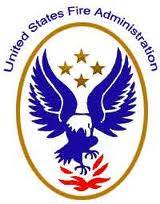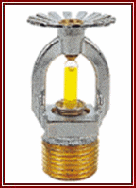 It is the official position of the U.S. Fire Administration that all Americans should be protected against death, injury, and property loss resulting from fire in their residences. All homes should be equipped with smoke alarms and automatic fire sprinklers, and families should prepare and practice emergency escape plans. It is the official position of the U.S. Fire Administration that all Americans should be protected against death, injury, and property loss resulting from fire in their residences. All homes should be equipped with smoke alarms and automatic fire sprinklers, and families should prepare and practice emergency escape plans.U.S.F.A. – D.H.S.According to the National Fire Protection Association (NFPA), fires in residences have taken a high toll of life and property. In 2007 there were: * 414,000 residential fires * 2,895 civilian fire deaths * 14,000 civilian fire injuries * $7.5 billion in property damage Source: National Fire Protection Association Fire Loss in the U.S. 2007. |
Residential Fire Protection Sprinkler Systems
You protect your family with fire alarms, but how about protecting your property, valuables and your home memories with a Residential Fire Protection Sprinkler system (RFPS)? It’s like having a fireman standing guard in your house 24 hours a day. While you’re waiting for your local Fire Fighters to arrive, your own home can already be fighting any fire and limiting the damage to your property. A properly installed RFPS system can potentially extinguish a fire before the Fire Department even arrives.

Why would you install fire sprinklers in your home? Because you want them safe.
If you live in a rural area, the dangers of major destruction from a home fire are greater. Most rural areas have limited water supply for homes and buildings that spread out over large areas. Additionally there maybe limited access to county fire hydrants for fire truck hook up. This requires fire fighters to bring larger fire tankers carrying enough water to supply their efforts to put out a fire in your home or residential buildings.
In a recent home fire of singer/actor Jimmy Dean in Richmond, Virginia, Firefighters drafted water through a large hose from the James River into tanker trucks. They then drove those tanker trucks all the way to the blaze, and pumped water into other fire engines. Emergency personnel could then pump that water through other hoses onto the fire. Continue reading




You must be logged in to post a comment.